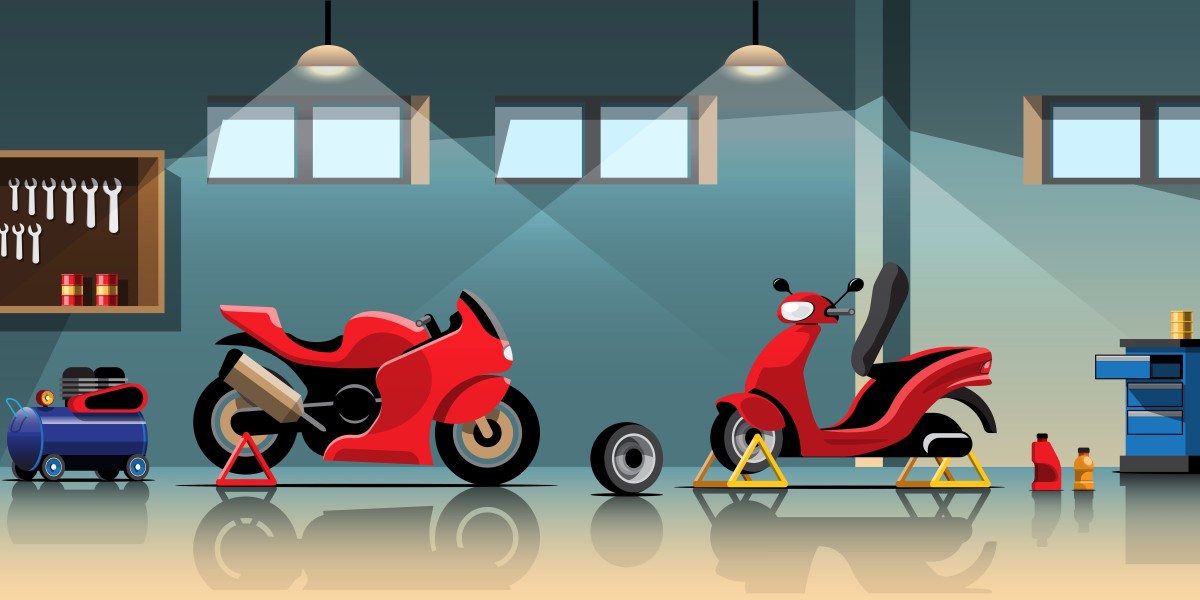That’s why having the right plastic components is essential, not just for looks, but also for durability and performance. Whether you’re upgrading for better impact resistance or restoring a classic bike, choosing the right bike plastic kit and fenders can make a noticeable difference.
This blog covers everything riders need to know about bike plastics, including modern materials, unbreakable options, and historical influences like those from Preston Petty.
Why Bike Plastics Matter
The plastic components on your dirt or MX bike serve more than an aesthetic purpose. Sure, bright plastics make bikes look sharp on the track, but they also serve functional roles. Side panels protect vital parts of the bike, while fenders help manage debris and keep mud from building up around the wheels or engine.
A quality bike plastic kit will include multiple pieces: front and rear fenders, side number plates, radiator shrouds, and sometimes fork guards. These are designed not only to fit well but to handle rough riding conditions.
Choosing the right materials can mean the difference between replacing plastics every few races or enjoying a longer-lasting setup.
Choosing the Right MX Bike Plastics
When people refer to mx bike plastics, they’re often talking about plastics built specifically for motocross. These components must endure hard landings, impacts from roost, and potential crashes. The best plastics are designed to flex without cracking and maintain color over time, even with UV exposure and mud wear.
Several modern options use polypropylene or advanced polymers to increase resilience. These materials are also lighter than older plastics, helping reduce overall bike weight without sacrificing strength.
Another consideration when selecting mx bike plastics is compatibility. Riders need to ensure the kit they choose fits their specific make, model, and year, especially with frequent changes in frame design and radiator shape.
The Rise of Unbreakable Fenders
Among the most important plastic parts on any off-road or dual-sport bike are the fenders. They take direct hits from rocks, dirt, and mud—and often from crashes too. That’s why there’s a growing interest in unbreakable fenders among the riding community.
Unbreakable fenders are made from highly flexible materials that bend rather than crack under stress. They return to their original shape after an impact, reducing the need for replacements and minimizing breakage during races.
These fenders are especially popular with enduro and trail riders who value function over flashy design. Since trails often present unpredictable obstacles like tree roots, rocks, and sudden drops, it’s essential that fenders hold up under pressure.
The Legacy of Preston Petty
When discussing dirt bike plastics and fenders, it’s impossible to ignore the influence of Preston Petty. Known as a pioneer in the motocross world, he was among the first to introduce high-impact plastic fenders that wouldn’t shatter under pressure—something riders previously had to live with.
Before Preston Petty’s innovation, many fenders were made of brittle materials like aluminum or fiberglass. These would crack or break during regular riding, especially under tough race conditions. His plastics changed that and set a new industry standard.
Today, many riders still seek out vintage-styled fenders that reflect his original design, valuing not only the history but also the performance improvements that came with his vision.
The Function of Motorcycle Fenders
Whether on-road or off-road, motorcycle fenders serve one main purpose: controlling debris. On dirt bikes, they keep mud from spraying into the rider’s face or clogging up key parts like the engine and suspension. On street bikes, they prevent water and road debris from splashing up during rides.
When looking for new motorcycle fenders, riders should consider the type of riding they do. A supermoto might use a lower-profile front fender to reduce drag, while a dual-sport or enduro bike needs a high, flexible fender for better clearance and impact resistance.
Installation is another factor. Some fenders require drilling or custom mounting, while others are bolt-on and designed for specific bike models. Always check measurements and mounting options to avoid poor fitment or rubbing.
Conclusion
Choosing the right parts for your dirt or motocross bike involves more than just matching colors. It’s about finding components that last, perform well under pressure, and honor the innovations that shaped the sport. From the early breakthroughs of Preston Petty to the advanced unbreakable fenders used today, plastic components have come a long way in both form and function. Whether you're racing or riding trails, understanding these parts helps you ride smarter and safer.






